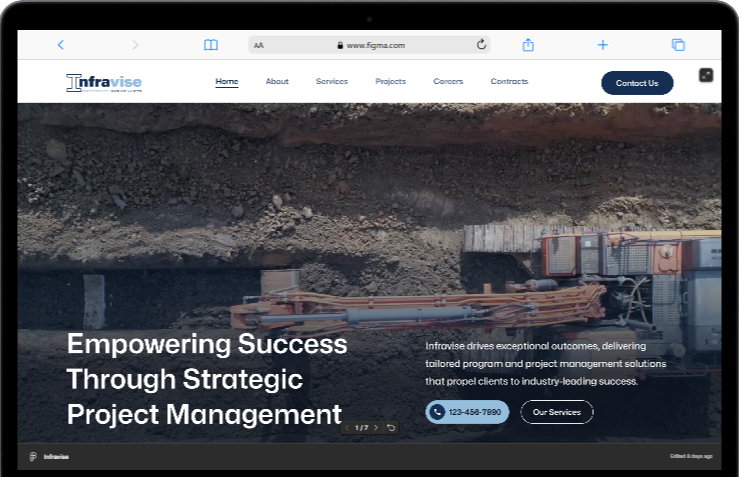Introduction
In an era where digital experiences span multiple platforms—from websites to mobile apps and IoT devices—the demand for flexible, scalable, and omnichannel content management is higher than ever. Headless CMS has emerged as a powerful alternative to traditional CMS platforms like WordPress, Wix, and Shopify. But what exactly is a headless CMS, and how does it transform web development? This guide explores its benefits, challenges, and future trends.
1. What is a Headless CMS?
A Headless CMS is a content management system that separates the backend (content management) from the frontend (presentation layer). Unlike traditional CMS platforms, where content and design are tightly coupled, a headless CMS delivers content via an API, allowing developers to use any frontend technology.
🔹 Traditional CMS vs. Headless CMS
| Feature | Traditional CMS (WordPress, Wix) | Headless CMS (Contentful, Strapi) |
|---|---|---|
| Architecture | Monolithic | API-first |
| Frontend Dependency | Tightly integrated | Completely separate |
| Flexibility | Limited to CMS themes | Works with any frontend framework |
| Omnichannel Support | Primarily for websites | Supports apps, IoT, VR, etc. |
| Performance | Can be slower due to built-in frontend | Faster, optimized for API responses |
2. Key Benefits of Headless CMS
✅ Flexibility & Frontend Freedom
With a headless CMS, developers can use React, Vue, Angular, or any framework instead of being locked into a CMS theme.
✅ Omnichannel Content Delivery
Content can be seamlessly distributed to websites, mobile apps, smart devices, and even AR/VR experiences.
✅ Enhanced Performance
Since headless CMS only serves content via APIs, websites and apps can be optimized for speed and SEO.
✅ Scalability & Security
- Scales effortlessly with cloud-based API requests.
- No backend vulnerabilities like those in WordPress (e.g., plugin attacks).
3. Challenges of Using Headless CMS
❌ More Development Complexity
A headless CMS requires custom frontend development, making it less beginner-friendly compared to drag-and-drop CMS solutions.
❌ No Built-in SEO Features
Unlike WordPress with Yoast SEO, headless CMS needs custom SEO implementations for metadata, schema, and optimizations.
❌ Higher Costs
Many headless CMS platforms charge for API calls, making them more expensive than open-source CMS solutions.
4. Headless CMS in Action: Real-World Use Cases
✅ eCommerce: Shopify’s Hydrogen framework leverages a headless CMS for ultra-fast online stores. ✅ News Websites: The New York Times uses a headless CMS to distribute content across multiple platforms. ✅ Mobile Apps: Apps like Netflix and Spotify manage content dynamically using API-driven architectures.
5. Future Trends in Headless CMS
🔮 AI-Powered Content Personalization – AI-driven recommendations for personalized user experiences. 🔮 Voice & Chatbot Integration – Headless CMS will power voice assistants and chatbots for instant content delivery. 🔮 Decentralized CMS & Blockchain – Secure, tamper-proof content management using blockchain.
Final Thoughts
Headless CMS is the future of content management, offering scalability, flexibility, and omnichannel support. However, it comes with challenges like development complexity and higher costs. Businesses must evaluate whether the trade-offs are worth the performance and customization benefits.
Need a custom headless CMS setup? Ali DevSolutions specializes in cutting-edge web development solutions! 🚀





